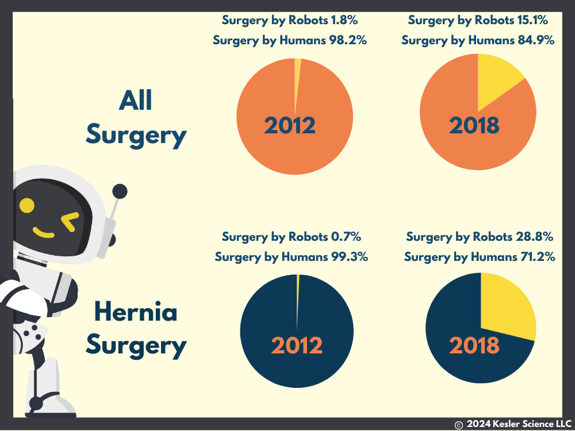Robot Space Surgery - Kesler Science Weekly Phenomenon and Graph
If you live in an area with plenty of doctors, you might take access to health care for granted. But what happens when you live in an extremely isolated area, or you get injured climbing some remote mountain? Getting help out there is a whole different ballgame. Scientists and engineers are working on an answer, though, and it's pretty impressive.
Last month, a two-pound tech marvel was sent off to the International Space Station. It's called MIRA, short for Miniaturized In vivo Remote Assistant. This tiny robot can do remote surgery with the precision of a top-notch doctor - grasping, cutting, and stitching. It's up there right now getting put through the paces with simulated surgeries. And the surgeons running the show? They're all the way back in Nebraska! 😮
What if we use MIRA to inspire our students to create their own remote devices to solve interesting problems? They could design their solution and build models with simple materials like string and cardboard.
MIRA is far from the first robot surgeon, though. Remote robot surgery has been rising steadily through the last decade. Certain surgeries, like hernia surgery, have really taken off with robots! Check out the graph below.

For now, the robot surgeons are always controlled by human surgeons, just at a distance. The researchers doing this study were curious to see if robot surgery was always the right choice - and as it turns out, it may not be. Robots aren't great at certain types of surgery. Sometimes the human touch matters!
If I brought this graph to my classroom, here are some questions I'd ask my students:
💡How does the percent of all surgeries performed by humans change from 2012 to 2018?
💡Compare the number of all surgeries performed by robots to the percent of hernia surgeries performed by robots between 2012 and 2018. What do you notice?
💡Using the patterns in data above, what percent of all surgeries do you predict are performed by robots in 2024?

.png?width=352&name=Chicken%20graph%20for%20phenomenon%20blog(1).png)
.png?width=352&name=Fiber%20length%20(1).png)
